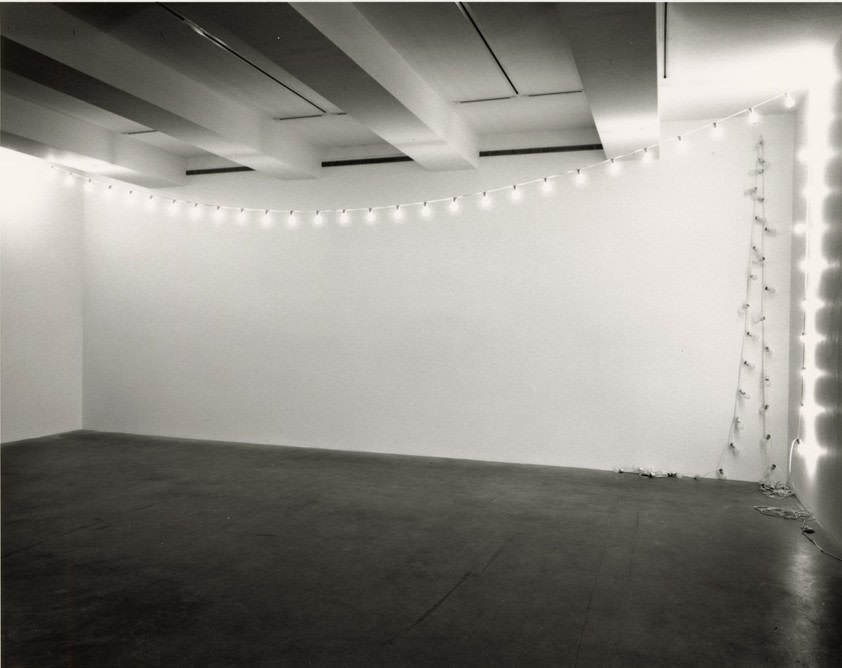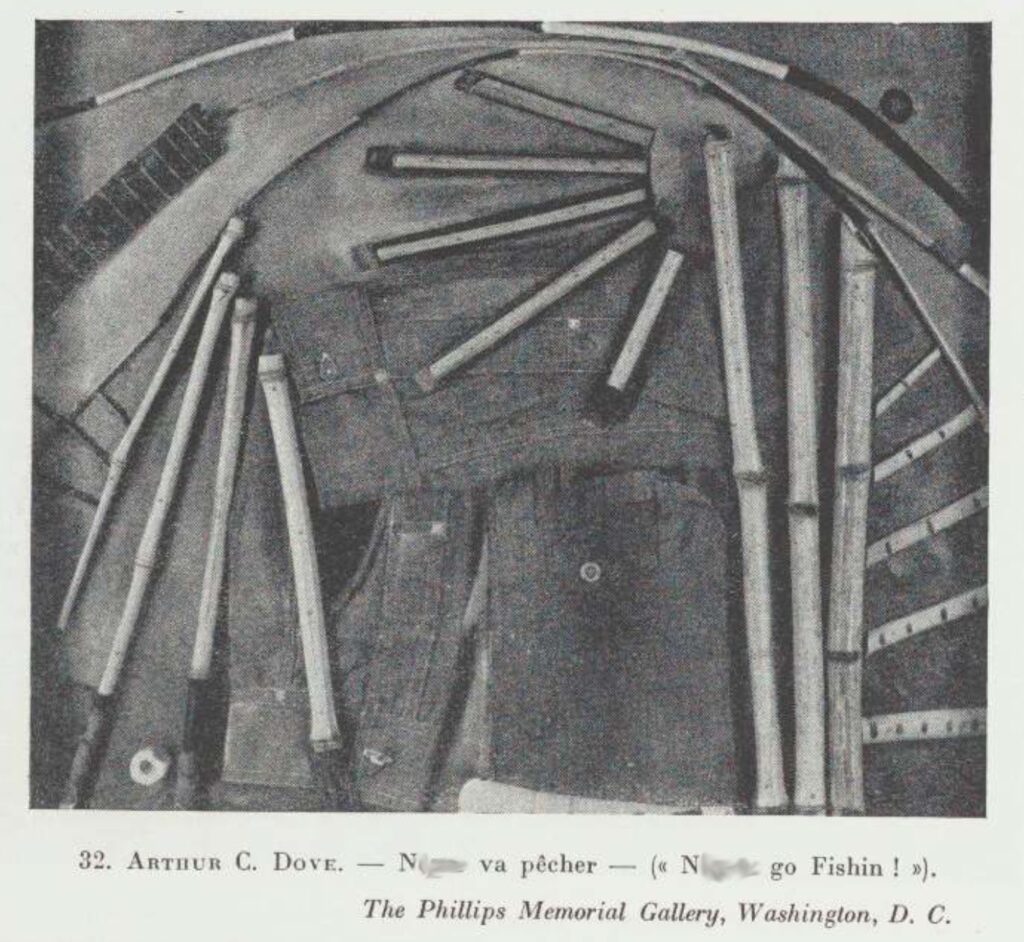The parking spot I’d vacated in front of our house was still open when I returned from the morning school run. I looked at the sidewalk, the ramp at the crosswalk, the exact same steps I walked yesterday afternoon.
I came in, and as I was posting this, I re-read Linda Goode Bryant’s essay on walking the city with David Hammons:
David’s walks count among his most amazing works. And I think he does see them not only as preparation or ways to find material but as a part of the work itself, along with so many ephemeral things he’s done on the streets, things that maybe only he or a few other people around him ever knew about. On his walks, David pushes beyond the merely observant, even the acutely observant, into something much more profound.
Yesterday, just seconds after I’d parked, and before I’d gotten out of the car, an elderly neighbor fell, and was lying on the ramp at the crosswalk. I was the fourth person to come up on her. Two younger women must have seen her fall, and were kneeling on either side of her.
My hands were full of unwieldy things I should have had a bag for, and as I stood there, I silently asked the third person, who was on the phone, if she was calling 911. And she was.
The fifth person to come to the woman’s aid right then was a nurse, she said, and had crossed from the other side of the street to help. The woman’s spindly hand was bent at a terrible angle. Blood around her mouth, she must have fallen forward and failed to catch herself. She was responding groggily but wanting to move when she probably should not. She rolled herself onto her side, though, as I, with no way to help, left.
By the time I got to my desk, the sound of the ambulance came in the window. I did not recognize the woman, but I thought of the difficulties she’d face, how incomplete or impossible healing can be at her age, how her independent life may have ended at that moment I’d just missed when I got out of my car.
I thought of my own grandmother, proud, strong, in her nineties, doing her thing, until she broke her hip, tripped on a hose on her porch, the home she’d built with my grandfather, which her kids rushed to remodel the bathroom with a walk-in tub, &c., so it’d be ready when she got out of the assisted living center, but to which she never returned, her family eventually waving and pantomiming to her through the window during COVID, telling her to put the phone on speaker. The funeral not even allowed to happen in the pandemic-closed church, but it did anyway, for a few cousins, and the local funeral home couldn’t figure out Zoom so they streamed it on facebook, which entailed getting an entire account. I downloaded the video, but haven’t watched it since.
When I looked at the sidewalk this morning, I wondered if anyone else would notice the dark stains on the ramp, much less recognize them as blood. Only I, and the people who’d stopped to help first, would ever have any idea of how, in an instant, a neighbor’s life was turned upside down, on the corner.
[late afternoon update: it’s about to pour down rain.]




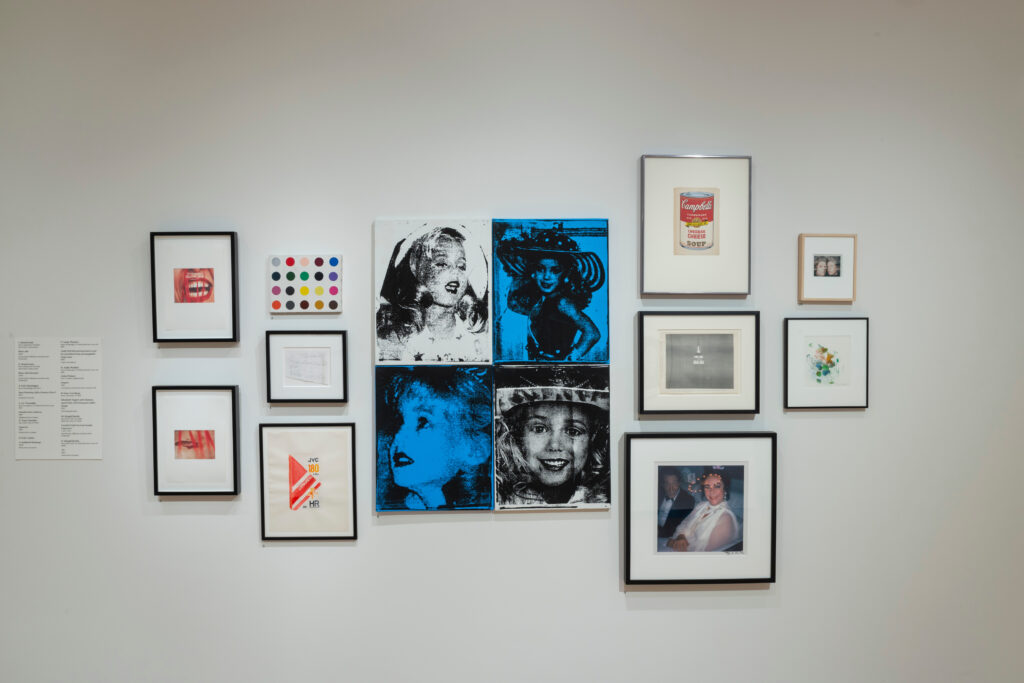

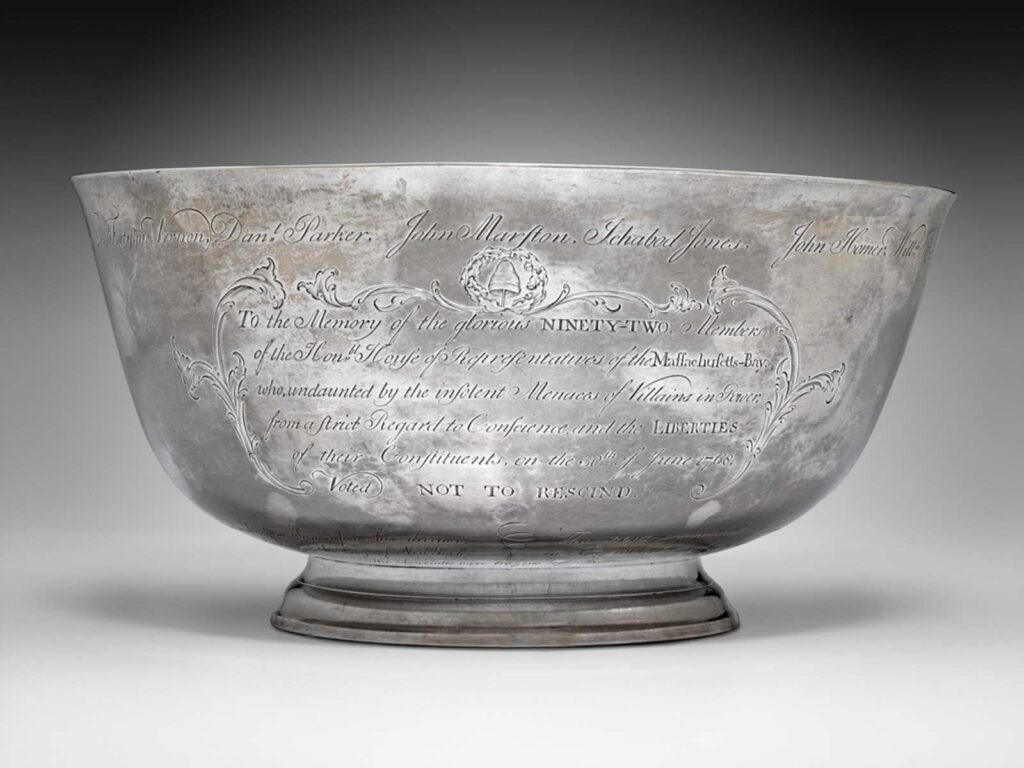
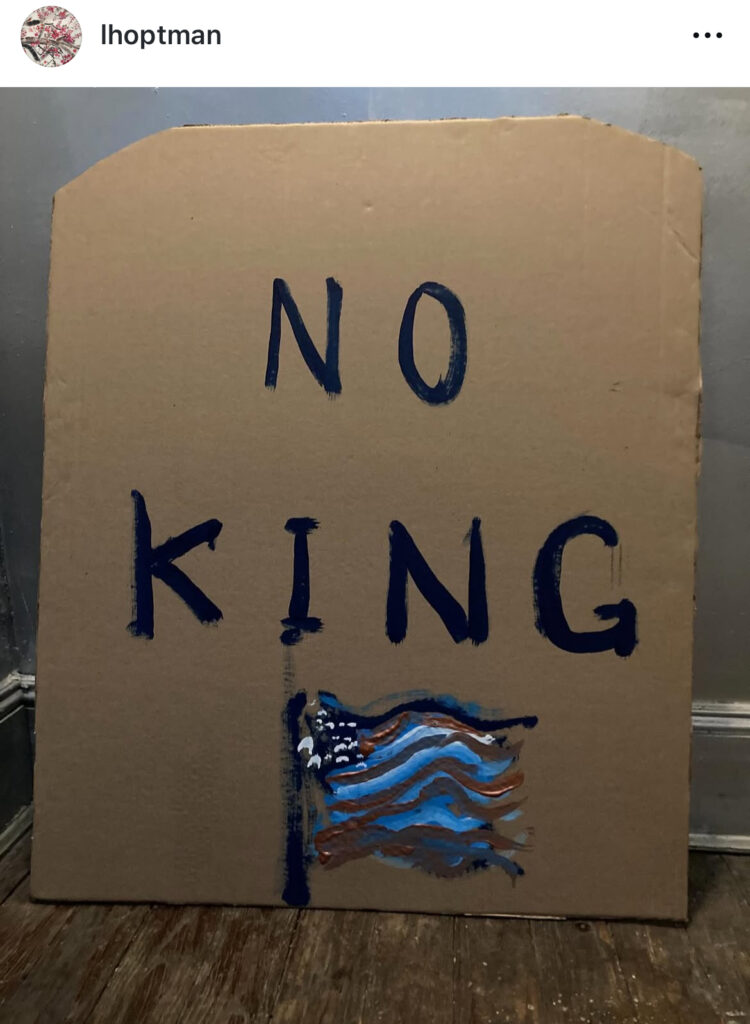
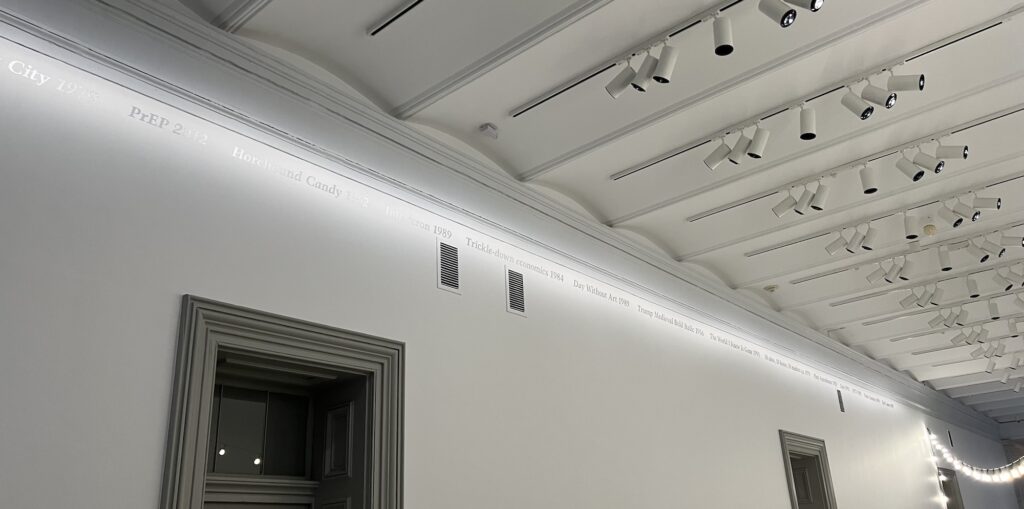
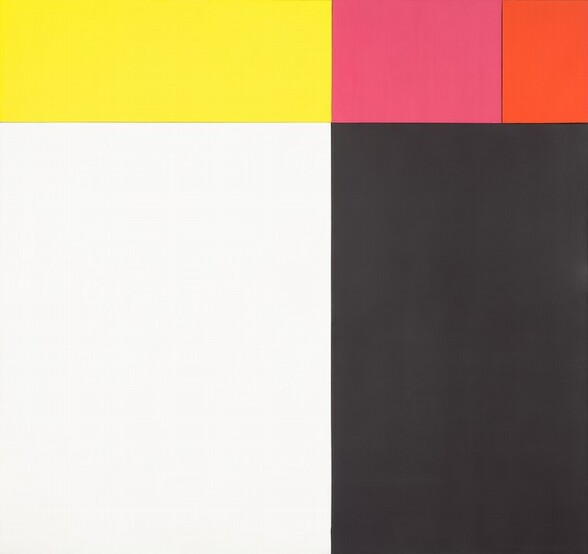
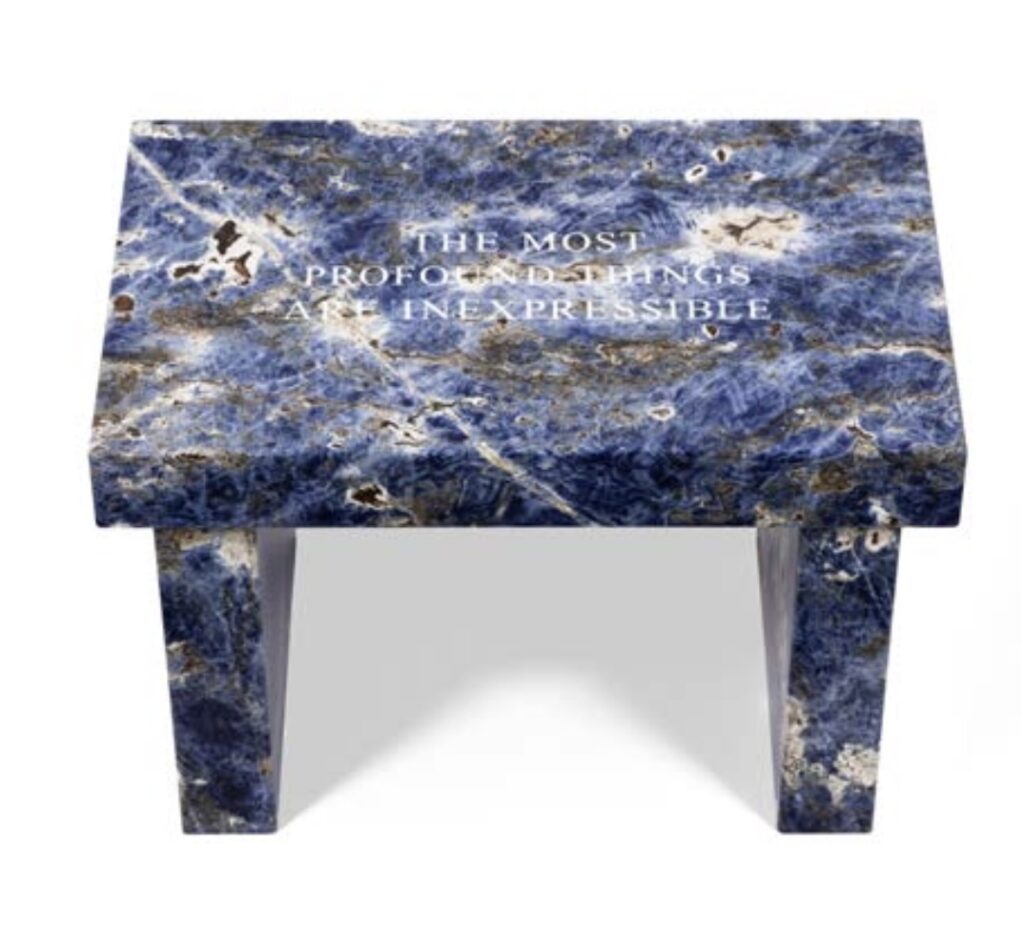
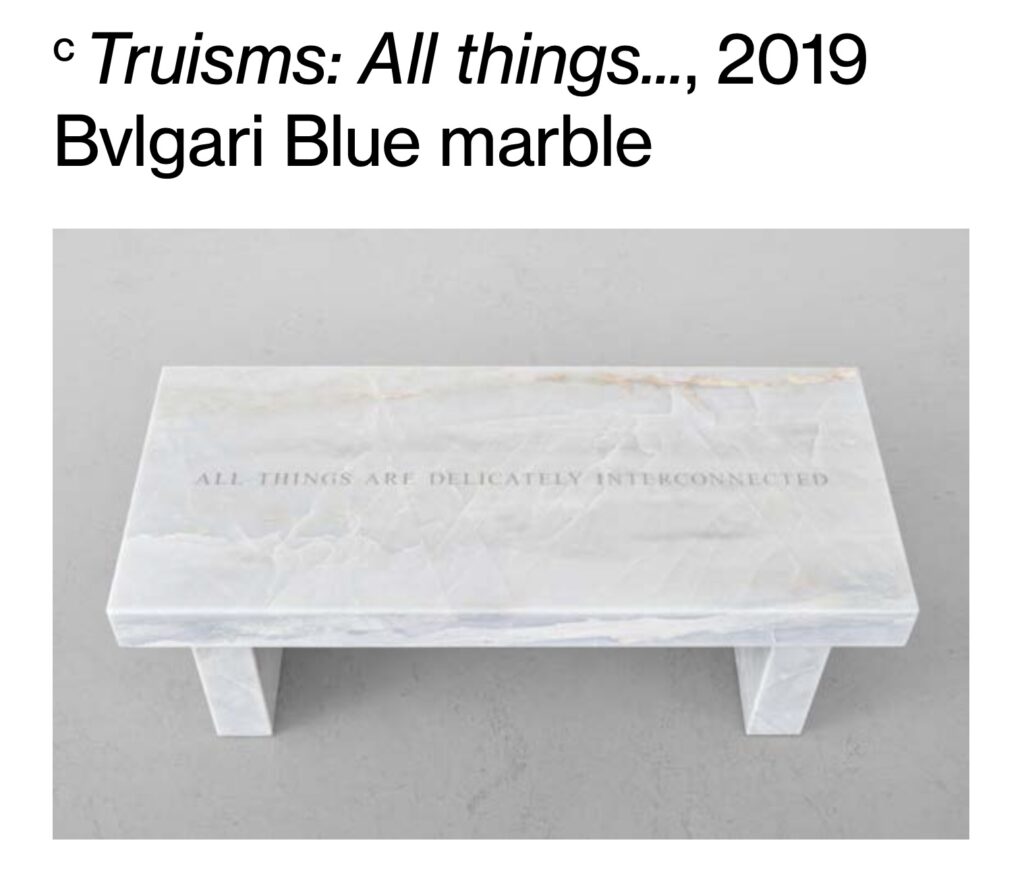
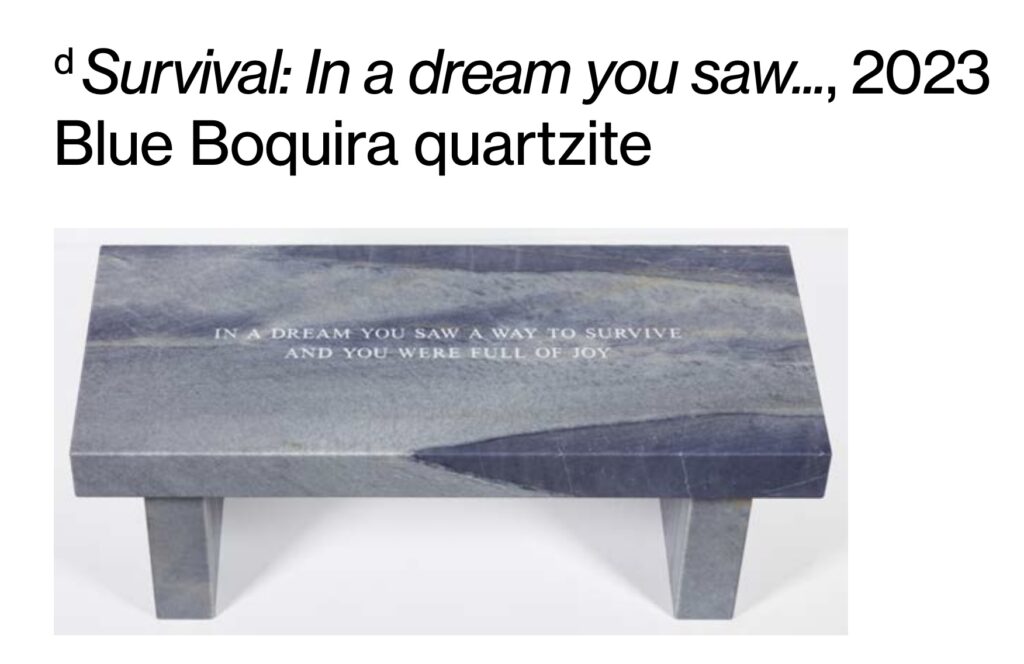

![a robert rauschenberg screenprint of a collage made of clippings from newspapers in 1969, includes [clockwise from top left] a photo of cars stranded in the snow; a white woman in a miniskirt with a longer skirt drawn over her; a comet; ted kennedy, some racist judge nixon tried to put on the supreme court who eventually got voted down because twelve republicans still had enough conscience left to be shamed over unalloyed white supremacy, can you even imagine? anyway, several articles and photos of gm assembly lines and the threat of robots and depleted pensions; a chevron tanker truck overturned on a freeway; a hand holding a case of birth control pills; a sideshow entrance with the world's largest rats; a coal mining ship and a truck being craned onto a ship; more assembly line; and a ship docking on the hudson pier. from the 26-print portfolio known as Features from Currents, being sold at Wright 20 in apr 2025](https://greg.org/wp-content/uploads/2025/03/rauschenberg_currents_portfolio-wright20-202504-283-1001x1024.jpg)

